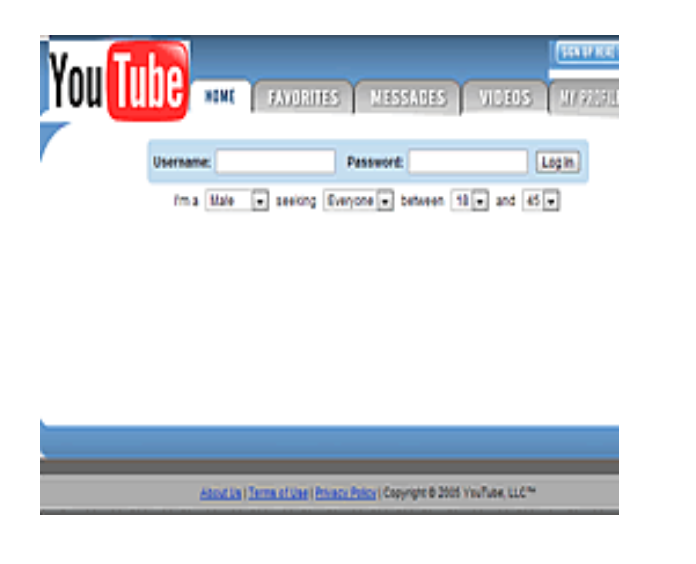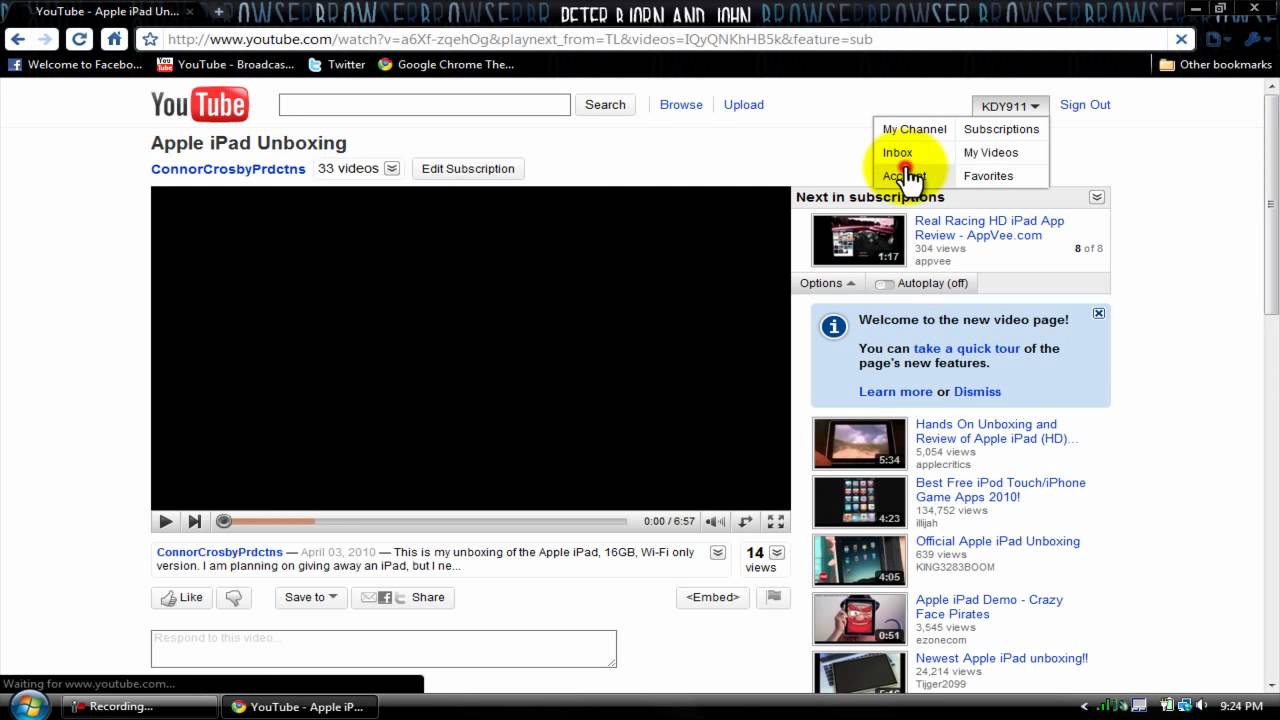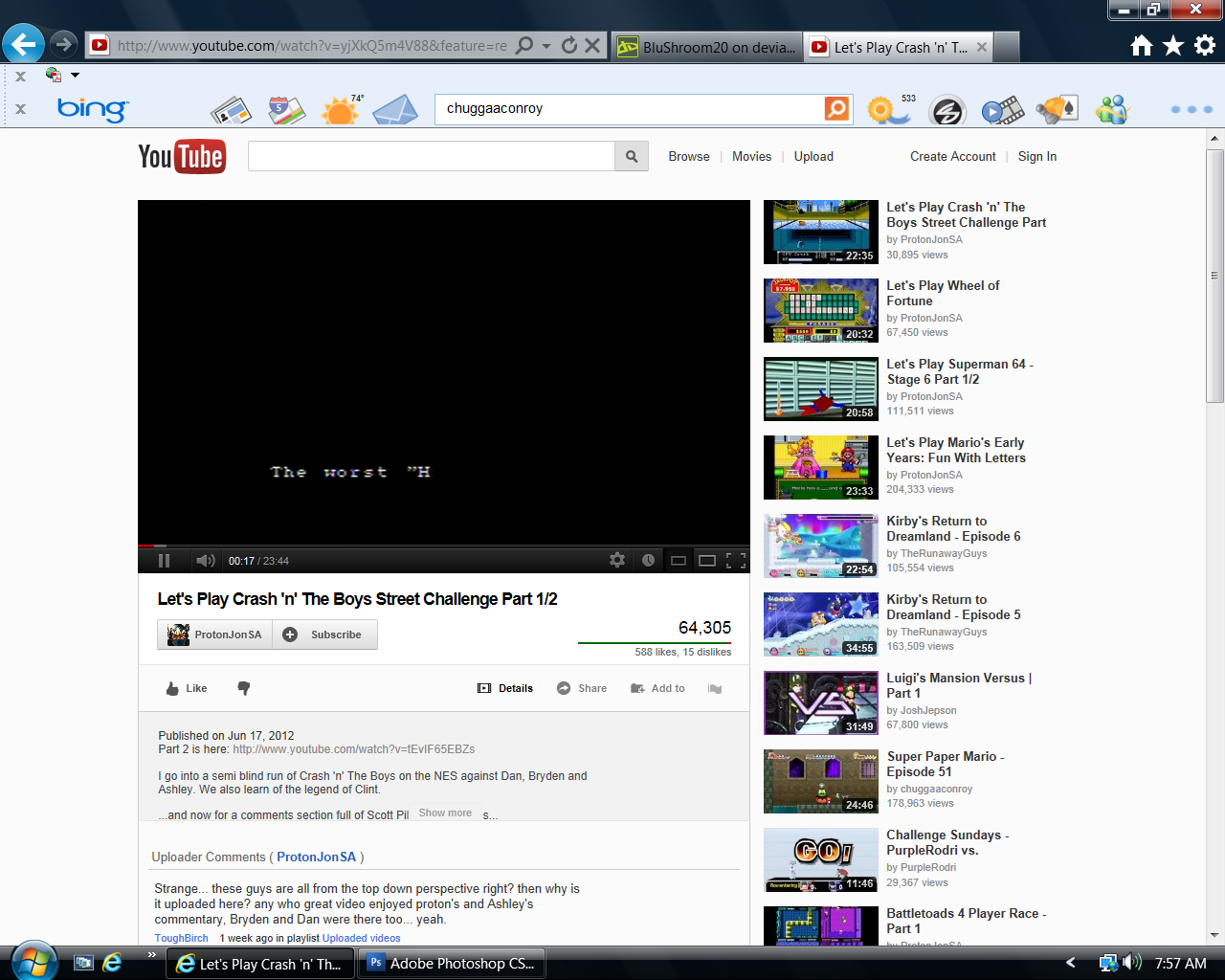This blog was written by Nicky Bacon who spent a week of work experience with Cosmic in October 2017.
If you were asked to give an example of one of the most popular websites in the world, you would probably choose YouTube, Amazon or Facebook.
All these sites are the most used site of their kind – YouTube for watching and uploading videos, Amazon for online shopping and Facebook for social media. Over 71,000 YouTube videos are viewed every second. Amazon records over 300 sales per second, with 426 sales per second in the run-up to Christmas – multiplied up that gives a figure of around 10 billion sales a year! Every minute on Facebook, there are 510,000 comments posted, 293,000 statuses updated, and 136,000 photos uploaded. What makes these sites so successful when compared with their competitors?
You might suggest that it is the vast amount of advertising that they do – Amazon invested $2.6 billion last year in the US alone. However, these sites tend to make a significant amount of money from other companies using their sites as a place for their own adverts, rather than the other way round.
If we compare YouTube with its closest competitor, Niconico, a video-sharing website in Japan, we can see a huge gap in popularity – according to Alexa, YouTube is the second most visited site, whereas Niconico is ranked 188th in usage. When you visit the two sites, you can see a clear difference in visual quality – and this translates to clarity and clearness. True, both websites have a search bar and recommended videos, but Niconico gives a highly pixelated image of videos, whereas YouTube starts playing a well-defined clip on mouse-over.
Another good comparison would be Facebook, the third most popular site in the world, compared with Orkut, a failed social media site, once popular between late 2007 to early 2012. (Google closed it down on 30th Sep 2014, after being founded over ten years ago on 24th Jan 2004). The reason why Orkut crashed and burned was simply due to its difficulty for users and some lacking features. For example, it was difficult for social sharing, as there were no buttons such as “like” or “unlike”, which limited users’ capacity to easily get thoughts across. Instead, users had to use comments, which may have been fine if it weren’t for how slow, sometimes sluggish, it was. Other social media sites were much faster. One of the lacking features that made it a lot harder to use was that users couldn’t find other people’s profiles on search engines and had to go through the site to get to them.
Of course, Amazon, YouTube and Facebook are only so successful because they all have a purpose that is timeless and their content will always be useful – but their competitors have the same advantage, and it is their user-friendly layout that sets them apart from the rest. Due to their early successes and often meteoric rise to the top, they have more than enough money to be constantly updated, reviewed and improved; and one could argue that it has all stemmed from a clear and aesthetically pleasing site.
How YouTube has developed over the years:

YouTube in 2005

YouTube in 2010

YouTube in 2015
Some mind-boggling stats:
- As of the start of 2016, there were just over 1 billion YouTube videos, with about 300,000 being uploaded every day, and over 1,780,000,000,000 views this year (at the moment) – for the exact value click here.
- There are just over 2,000,000,000 (2 billion) Facebook users (click above for exact)
- Amazon took $135.99 billion dollars in revenue in 2016, up from $107.01 billion dollars in 2015 (net) – data from Statista
- Streaming services now account for over 70% of peak traffic in North America, with Netflix counting for 37% and YouTube for 18%
Sources: Search engine journal and Alexa’s top websites.

